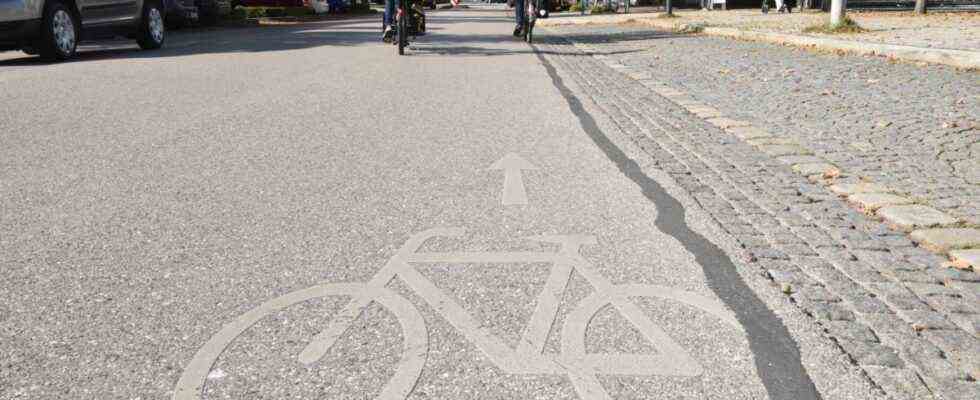A bicycle highway from Munich via the Würmtal to Starnberg is no longer a utopia. A feasibility study commissioned by Planegg came to the conclusion that a cycle expressway could be implemented. The planners have already worked out a detailed “best variant”, which has now been presented to the local council. Planegg alone would incur construction costs of 7.5 million euros, but as things stand today, around 75 percent of these are eligible for funding.
There are already many high-speed cycle routes, in Germany especially in the north of the republic, but also in other European countries such as the Netherlands and Scandinavia. Lena Erler from the Cologne office VIA, who has been dealing with the infrastructural conditions in the greater Munich area for months and has also moderated several events on the topic in the Würmtal, now presented the clear result of the current feasibility study. The study was carried out in close cooperation with the committees of the state capital of Munich, the municipal utilities and the district offices of Munich and Starnberg. Several options were examined, and ultimately a “north route” and a variant that ran a little south remained. In the Planegger area, it leads directly through Martinsried and is now favored because of its close proximity to the planned subway and because of the science campus.
Explore the country and people around Munich: Every Thursday with the best leisure tips for the weekend. Register for the newsletter for free. Click here for registration.
Image: SZ
The route from Munich leads south of Pasing into the Würmtal and touches the following streets in Planegg: Würmtalstraße, Klopferspitz, Lena-Christ-Straße, Röntgenstraße, Max-Bruch-Straße, Semmelweisstraße, Pasinger Straße, Zweigstraße, Mathildenstraße, Poststrasse. Some of these streets already have cycle paths that need to be expanded, there would be a new bridge over the Würm, and some crossings would also have to be rebuilt. According to the qualified engineer, the cycle superhighway is designed for average speeds of 18 to 22 kilometers per hour and has two lanes continuously over a width of usually four meters, overtaking should be possible. One assumes an average number of 2300 to 5600 cyclists a day in the over-planned area. Lena Erler’s conclusion: “We recommend implementation.”
That is what all the speakers in the discussion thought. However, some aspects were also viewed critically. Jürgen Peters of the Greens fears a lack of acceptance by the citizens “if a lot of parking spaces are lost along some streets”. Fritz Haugg (FDP) does not consider the Martinsried thoroughfare to be suitable unless the traffic there is straightened out. One person who is particularly happy is Florian Großelfinger (CSU). According to his own statements, he cycles from Planegg to work in downtown Munich several times a week and thinks the plans are “sensationally good”.
A corresponding question from Peter von Schall-Riaucour (Pro Planegg and Martinsried) revealed that the overall planning is far from complete and that a closed high-speed cycle route from Starnberg to Munich “could take another ten years”. However, according to Lena Erler, one could certainly imagine a section – for example in Planegg: “It could be in one to two years.”

